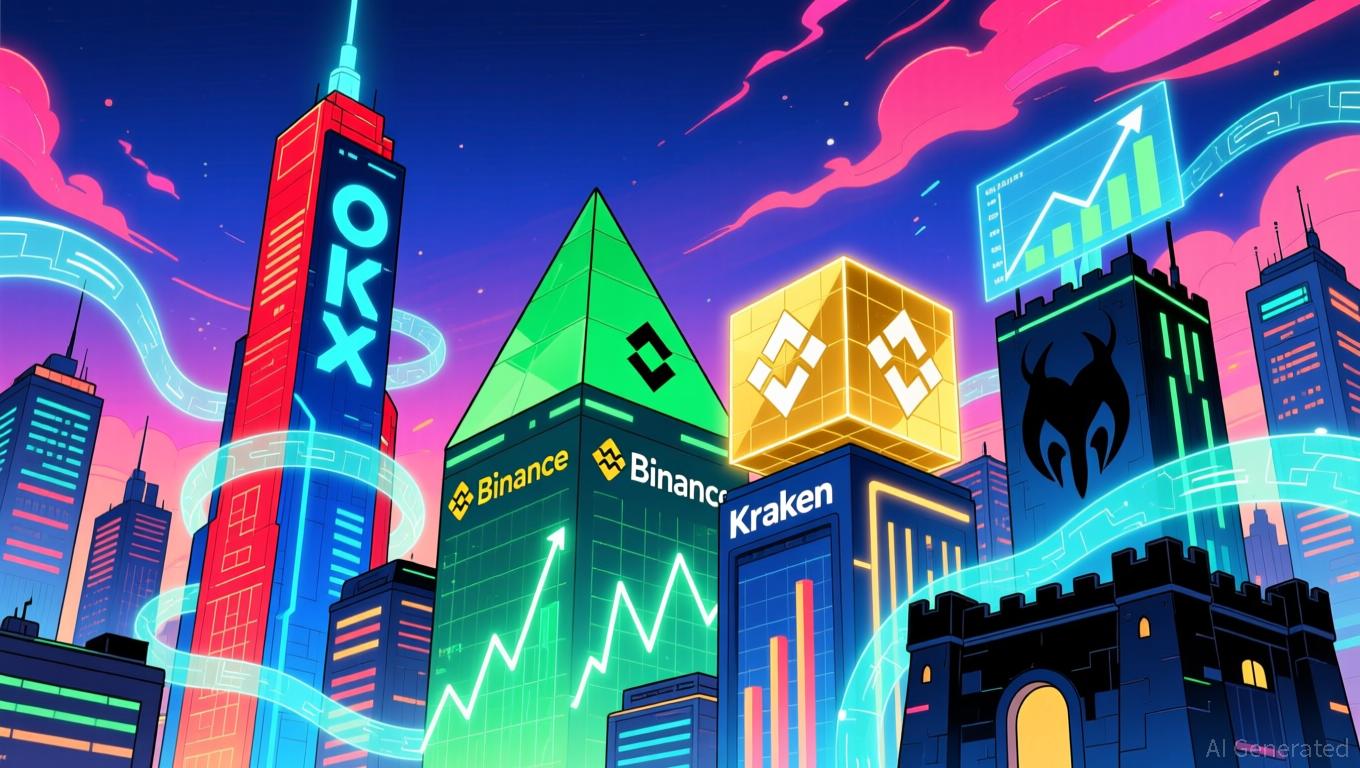US's First XRP ETF Breaks Record, But Price Crashes! Famous CEO Talks About XRP Price, Gives Date!
While Bitcoin (BTC) and altcoins are experiencing surges, a major historical moment has occurred in the US. Spot XRP ETFs have finally begun trading.
At this point, the first ETF to start trading, the Canary XRP ETF, recorded a net cash inflow of approximately $245 million.
The Canary XRP ETF recorded the largest first-day trading volume of the year among all ETFs, surpassing Bitwise BSOL, which recorded approximately $57 million in trading volume on its first day of launch.
Speaking after this important development, Canary Capital CEO Steven McClurg made important statements about XRP and its price prediction.
McClurg first stated that XRP is not like Bitcoin or Ethereum, and that the XRP Ledger is a payment-focused network designed as a financial channel for fast and low-cost value transfer.
He spoke clearly about the price estimate!
When asked about predictions circulating in the market that XRP will reach $1,000 or even $10,000, McClurg said that these predictions are too high.
McClurg stated that even if XRP reached Bitcoin's current market capitalization of around $2 trillion, the XRP price would reach $35, adding that such a move would require massive global adoption, which seems unlikely for now.
However, he was clear that the $10 predictions for XRP could be realistic.
“Given XRP's current ecosystem and its role in global payments, I think $10 is realistic.
This is something that can be achieved in the next three to four years.”
Disclaimer: The content of this article solely reflects the author's opinion and does not represent the platform in any capacity. This article is not intended to serve as a reference for making investment decisions.
You may also like
Regulation and Innovation: The Struggle Over Crypto's Proof of Reserves Will Define Its Future
- Proof of Reserves (PoR) has become a trust cornerstone in crypto, with regulators and exchanges prioritizing transparency post-FTX collapse. - The 2025 "flash crash" and new CLARITY/GENIUS Acts reinforce PoR's role, mandating stablecoin reserves and monthly audits under federal oversight. - BNY's stablecoin fund and 21Shares' ETFs show crypto-traditional finance integration, while a16z warns overregulation risks stifling DeFi innovation. - Technological solutions like zk-STARKs enable private yet verifia

Alibaba’s Tokenized Payment Set to Transform International Trade with Real-Time Settlements
- Alibaba and JPMorgan launch Agentic Pay, a tokenized B2B payment system using deposit tokens for instant cross-border settlements. - The platform integrates AI for automated contract generation, streamlining trade documentation while avoiding stablecoins and crypto volatility. - Backed by bank-held fiat deposits (JPMorgan's JPMD tokens), it aligns with China's regulatory preferences and offers yield-bearing features for institutional users. - Projected to process billions annually, the system could redef

The PLG Dilemma: Why Sales Remains the Overlooked Key to Revenue
- Product-led growth (PLG) prioritizes product adoption but risks undervaluing structured sales strategies, creating a blind spot for non-technical leaders. - Non-technical operators must act as "Translator-in-Chiefs," aligning technical innovation with market demand through three pillars: product architecture understanding, systematized sales forecasting, and CFO-focused financial metrics. - By institutionalizing sales as a revenue blueprint rather than a cost center, PLG startups can transform innovation

Fed’s Internal Differences and Lagging Data Put Dollar at a Turning Point While Euro Strengthens
- EUR/USD climbed to 1.1590 as weak U.S. labor data and Fed policy splits fueled dollar weakness expectations. - Fed officials diverged on rate cuts: Moran favored 50-basis-point cut, Collins opposed, while Musalem noted inflation near 3%. - ECB's projected rate stability through 2027 contrasts with Fed's 125-basis-point easing by 2026, boosting euro despite global risks. - Market pricing for December Fed cuts dropped to 55% as delayed NFP data and mixed CPI components heighten uncertainty. - Technical ind

